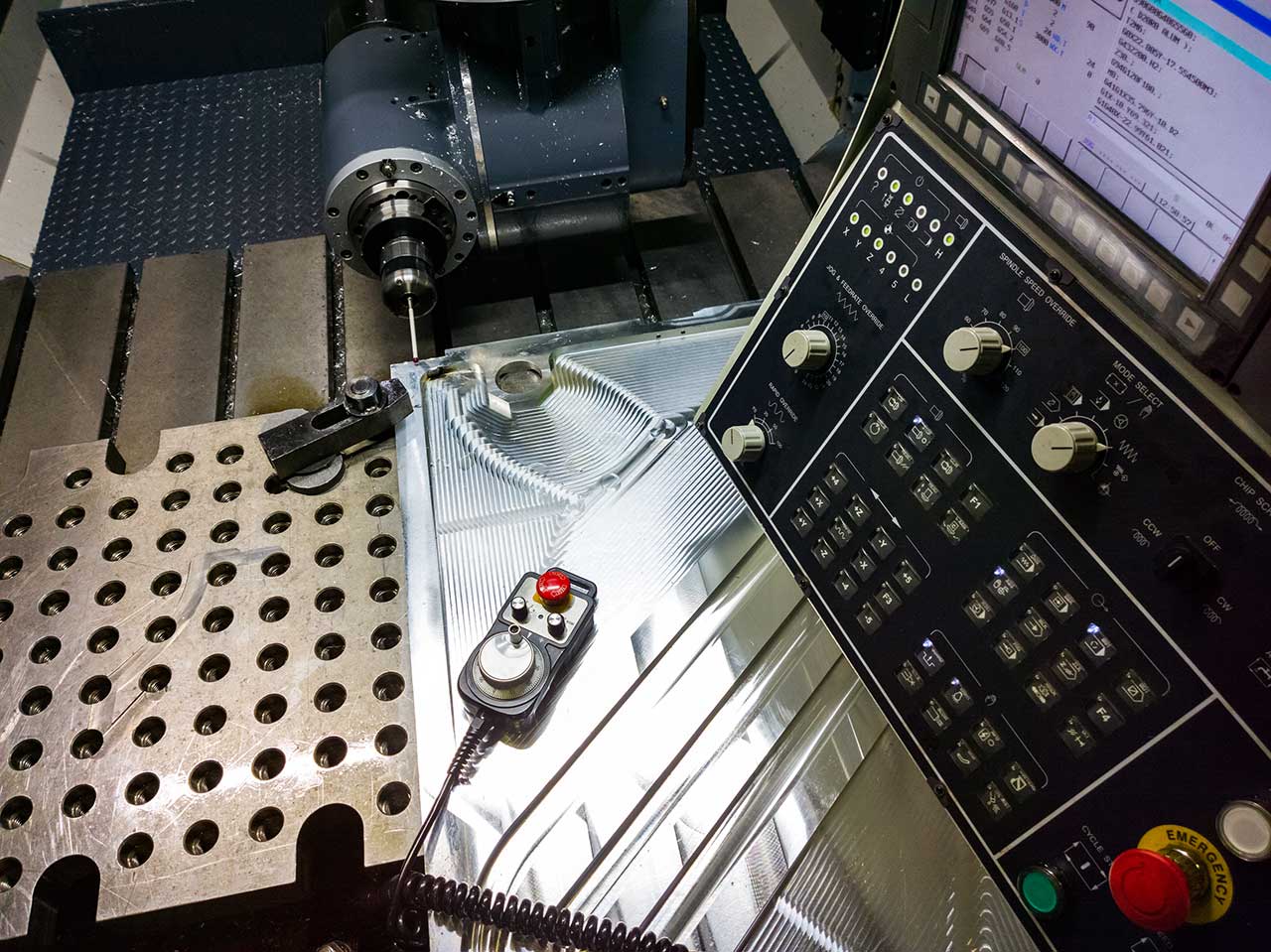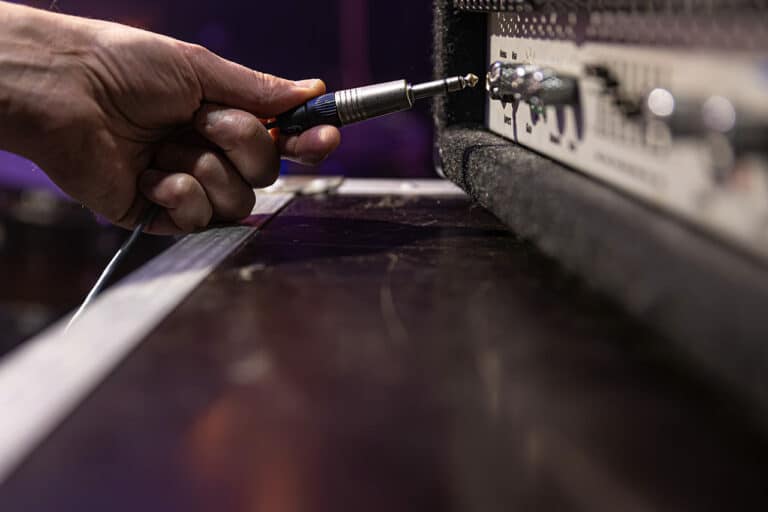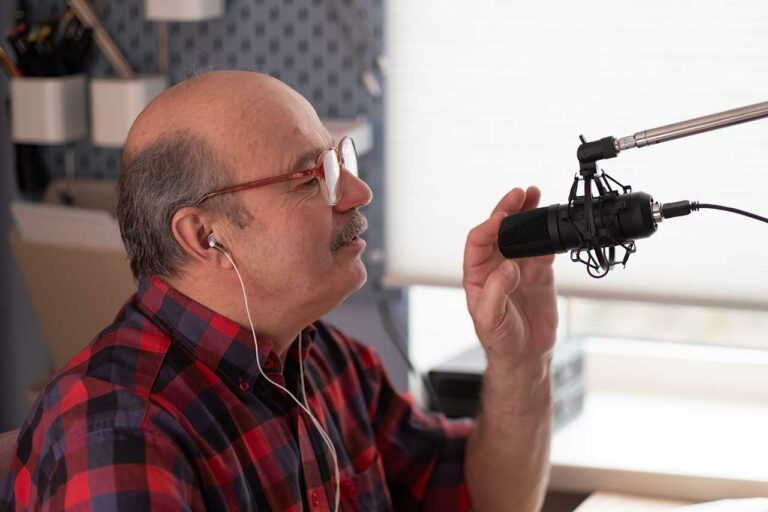How Does A Ham Radio Work (Basic Overview)
Ham radios, also known as amateur radios, provide a unique mode of communication that is independent of the internet or cell phones. Not only does it serve as a fun pastime for enthusiasts, it can be a vital lifeline during emergencies.
At the core of a ham radio system are three main components: a transceiver, an antenna, and a power supply.
So, how does a ham radio work exactly? Let’s get into it.
How Ham Radio Works
Principle of Operation
Ham radio, also known as amateur radio, is a popular way to communicate over the airwaves. With a mix of voice, data, and text transmissions, it’s perfect for emergency situations and networking with other like-minded individuals. Your basic ham radio setup will include a transceiver, an antenna, and a power supply. The transceiver is the heart of the operation, as it houses both the transmitter (sending out your signal) and the receiver (taking in signals from others).
Process of Communication
When you’re ready to get started, you’ll need to tune into a specific frequency assigned by the FCC for ham radio use. There are different bands available (like VHF and UHF) so you can communicate locally or even globally.
Once you’re dialed in, the communication process is quite simple. You use your voice to speak into the radio just as you would when talking on a phone or walkie-talkie. The radio then sends out your voice signal which travels through the air and is picked up by other ham radio operators with their own receivers.
Data and text transmissions work in a similar fashion. You can send images, messages, or even digital voice recordings with the help of specialized equipment or software. All of this magic happens in real-time, making ham radio an invaluable tool for staying connected, especially during emergencies like power outages.
Different Modes of Ham Radio
Morse Code Communication
Morse code, an old-school method in the world of ham radio, is still popular among operators. It’s a simple and reliable way to send messages in situations where voice transmission might be challenging or ineffective. You’ll often find it used for emergency communication and when signals are weak. It’s based on a system of short and long signals called “dots” and “dashes” that represent letters and numbers, and these can be transmitted through Continuous Wave (CW) mode.
Voice Transmission
When it comes to voice communication, there is a variety of modes available to ham radio operators. The most common types include:
- Amplitude Modulation (AM): The oldest form of voice modulation, AM changes the phasor amplitude of the signal.
- Single Sideband (SSB): A more efficient form of AM, SSB is often used by hams for long-distance communication, as it takes up less bandwidth and provides better signal quality.
- Frequency Modulation (FM): Popular for local VHF and UHF communication, FM is known for its superior audio quality, especially compared to AM. However, it takes up more bandwidth than SSB.
Remember, each mode has its advantages and drawbacks, depending on the situation and your preferences.
Digital Modes
In recent years, digital modes have gained popularity as technology advances. Digital modes offer various benefits, such as better signal quality, error correction, and the ability to transmit images or data. Some popular digital modes in ham radio include:
- PSK31: A popular text-based mode known for its low signal-to-noise ratio, ease of use, and narrow bandwidth requirements.
- RTTY (Radioteletype): An older digital mode still used by hams, RTTY uses the Baudot code, a series of bits that represent characters.
- JT65/JT9: These modes are designed for low-power and weak-signal communication. They’re ideal for making long-distance contacts with minimal output power.
The Mechanics of Ham Radio: How Each Component Plays Its Part
Diving into the world of ham radio means exploring a harmonious blend of technology and communication. Each component of this setup plays its unique part. To better grasp the essence of ham radio, let’s dissect the roles and functionality of its key components.
Transceiver
At the heart of every ham radio setup is the transceiver. As the name implies, this device is a combination of a transmitter and a receiver.
- How it works: The transmitter sends out your signal, turning the information you want to convey (like your voice) into radio waves. The receiver does the opposite; it captures incoming radio waves and translates them into a form you can understand, such as audible speech. The two-way nature of the transceiver is what enables dynamic communication with other ham radio operators.
Antennas
These are the actual mediums for transmitting and receiving radio waves.
- How it works: Antennas capture and emanate electromagnetic waves, turning electrical signals from the transceiver into radio waves (and vice versa). The right antenna ensures you can operate efficiently on your desired frequencies. VHF/UHF antennas are common choices because they cover a wide range of frequencies popular among ham enthusiasts.
Power Supply
Every electronic device, including ham radio setups, requires power to function.
- How it works: The power supply is the lifeblood that keeps your equipment running. Depending on the type of operation and location, you might opt for a variety of power sources, from plug-ins to solar power. The key is ensuring a consistent, uninterrupted power flow to keep your communications stable.
Microphone
This is your primary input device, especially for voice-based communications.
- How it works: Microphones capture sound waves and convert them into electrical signals that the transceiver can then transform into radio waves. While some transceivers come with built-in microphones, an external one can offer better audio clarity, ensuring your messages are sent and received without distortion.
Software and Computer Interfaces
Today’s ham radio isn’t just about analog signals; there’s a significant digital aspect too. (Though, this aspect may be less useful in a power outage.)
- How it works: Digital mode applications can decode various signals, from text-based communications to images. Connecting your ham radio to computers or tablets using interfaces can enhance its capabilities, allowing for a richer communication experience, from voice to data transfer.
Reaching Distant Locations
The realm of ham radio offers possibilities that stretch from your backyard to outer space, making global communication fascinatingly achievable.
Communication with Satellites
Did you know you can use ham radio to communicate through satellites? Well, you can. Ham operators can bounce signals off amateur radio satellites – known as OSCAR (Orbiting Satellite Carrying Amateur Radio). With the right equipment, you can make contacts worldwide. Just make sure you’re using the proper frequencies and following satellite pass predictions.
Moon Bounce Communication
Feeling adventurous? Try “moon bounce” or EME (Earth-Moon-Earth) communication. Yeah, you heard it right. You can actually bounce your signals off the Moon and back to Earth, reaching distant locations. EME requires more advanced gear like high-gain directional antennas, low-noise preamps, and high power amplifiers, and you likely won’t need it in a local emergency. But if an emergency goes global, moon bounce can become useful.
International Space Station Communication
Here’s something cool: did you know astronauts on the International Space Station (ISS) sometimes use ham radios to chat with Earthbound hams? They do. With the right setup, it’s possible to make contact with the ISS as it orbits our planet. You’ll just need to follow the ISS’s radio schedule and frequency info to increase your chances of a successful QSO (that’s a conversation, for you newbies).
Oceans and Continents Transmission
Want to chat across oceans and continents? On HF (High Frequency) bands, you can experience long-distance communication, or DXing, between 100 and 3,000 miles. With the help of propagation conditions like sunspot activity or atmospheric conditions, your signal can travel thousands of miles.
While it’s unlikely you’ll need it during a blackout, it’s interesting to know that, with ham radio, the sky’s the limit (or maybe even beyond).
Unique Features of Ham Radio
When it comes to operation, ham radios have a few unique features that make them stand out. Here’s a quick rundown of how they stand apart from the crowd:
Frequencies
Ham radios operate in a specific part of the radio spectrum, allowing them to use different frequency bands for communication. These include:
- 80 meters: In this range, you’ll find frequencies between 3.525 and 3.600 MHz. It’s a popular choice due to its capacity to travel long distances, especially at night.
- Amateur radio bands: Ham radio operators can access a variety of frequency bands within the radio spectrum. This allows for versatile communication options depending on the operator’s needs and preferences.
Utilizing the right frequency bands makes a big difference in the effectiveness of your ham radio communication. Some advantages to using these bands include:
- Wider spectrum: With access to multiple frequency ranges, ham radio users have more options for communicating and experimenting.
- Varied frequencies: Ham radios take advantage of many different frequencies within the radio spectrum. This enables communication with other operators, as well as participating in activities like radio contests or providing emergency communications.
It’s also important to mention that different frequency bands cater to different types of communication and modes, which can include voice, Morse code, and digital signals.
Licensing
Ham radio operators must obtain a license to legally operate their equipment and access the radio spectrum. This keeps the airwaves organized and ensures everyone follows proper etiquette in the ham radio community.
Now that you’re familiar with some of the unique features of ham radios, grab your gear, and start exploring the world of amateur radio communication, a world that can come in very useful in an emergency.







